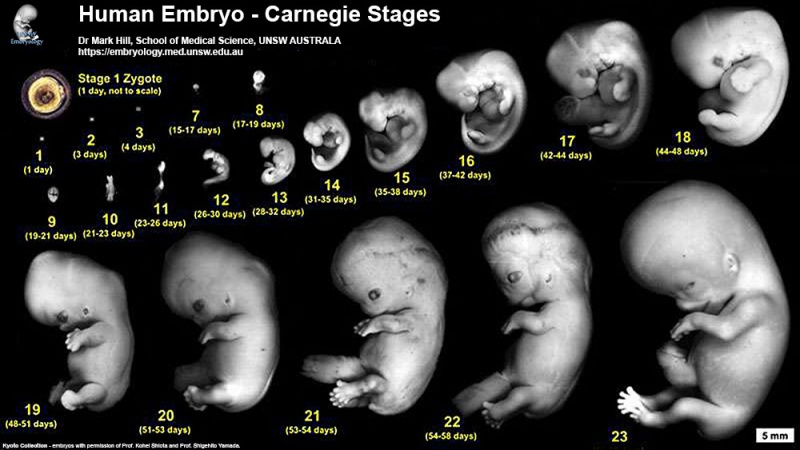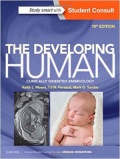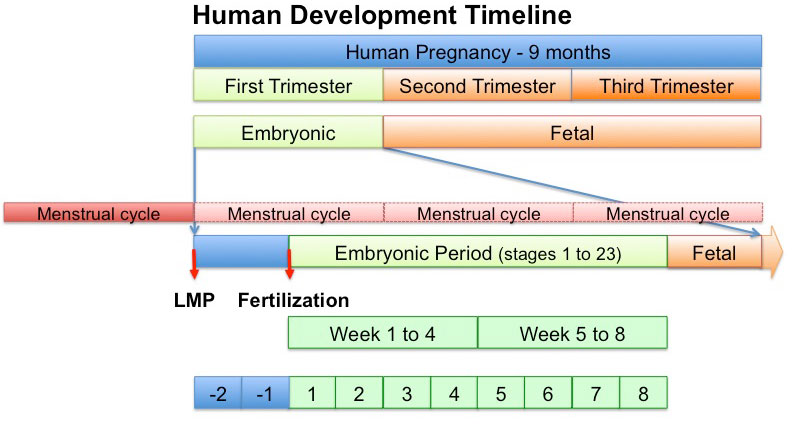Lecture - 2014 Course Introduction: Difference between revisions
mNo edit summary |
mNo edit summary |
||
| Line 1: | Line 1: | ||
= | ==Course Introduction== | ||
{| | {| | ||
| [[File:Mark_Hill.jpg|150px|Dr Mark Hill]] | | [[File:Mark_Hill.jpg|150px|Dr Mark Hill]] | ||
Revision as of 14:34, 1 August 2014
Course Introduction
Objectives
| <html5media height="384" width="352">File:Human development 001.mp4</html5media> |
|
ANAT2341 Course Outline
I will spend the first half going through the current course design, online support and assessment criteria. This is an opportunity to ask the course coordinator questions about the course. Course Links: Homepage | Overview | Timetable
The first 8 weeks of human development.
Textbooks
- Either of the textbooks listed below are recommended for this course and page references to both are given in each lecture.
- Both textbooks available at campus bookshop and online to UNSW students.
- There are additional embryology textbooks that can also be used, consult course organizer.
| The Developing Human: Clinically Oriented Embryology (10th edn) |
|---|
|
UNSW Students have online access to the current 10th edn. through the UNSW Library subscription (with student Zpass log-in).
|
|
History
Next
- 2014 Course: Week 2 Lecture 1 Lecture 2 Lab 1 | Week 3 Lecture 3 Lecture 4 Lab 2 | Week 4 Lecture 5 Lecture 6 Lab 3 | Week 5 Lecture 7 Lecture 8 Lab 4 | Week 6 Lecture 9 Lecture 10 Lab 5 | Week 7 Lecture 11 Lecture 12 Lab 6 | Week 8 Lecture 13 Lecture 14 Lab 7 | Week 9 Lecture 15 Lecture 16 Lab 8 | Week 10 Lecture 17 Lecture 18 Lab 9 | Week 11 Lecture 19 Lecture 20 Lab 10 | Week 12 Lecture 21 Lecture 22 Lab 11 | Week 13 Lecture 23 Lecture 24 Lab 12
Student Projects - Group 1 | Group 2 | Group 3 | Group 4 | Group 5 | Group 6 | Group 7 | Group 8 | Moodle
Glossary Links
- Glossary: A | B | C | D | E | F | G | H | I | J | K | L | M | N | O | P | Q | R | S | T | U | V | W | X | Y | Z | Numbers | Symbols | Term Link
Cite this page: Hill, M.A. (2024, May 18) Embryology Lecture - 2014 Course Introduction. Retrieved from https://embryology.med.unsw.edu.au/embryology/index.php/Lecture_-_2014_Course_Introduction
- © Dr Mark Hill 2024, UNSW Embryology ISBN: 978 0 7334 2609 4 - UNSW CRICOS Provider Code No. 00098G




